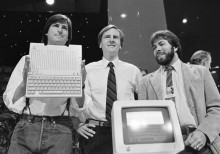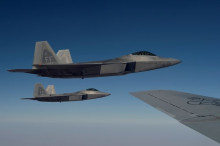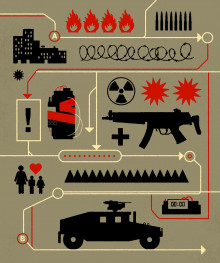Tech Idols?

Who do we look up to? Movie stars? Maybe? Sports figures? Sure?
But when we think about it, those people seen different, not like us, possessing special skills.
How about technology industry leaders? Aren’t they just average Joes who were tinkering around in their garages and got lucky?
We can identify with them, so we tend to make them, so we make them our idols.
But that is changing. That’s why I was drawn to a piece, “Twilight of the Tech Idols.” Here is how it begins:
The banking industry, which has consistently been one of the wealthiest industries for the last few centuries, has very few leaders one would call “heroes” or “idols.” Most of them are part of a group of men who fought and finessed their way to the top by being good at corporate politics and managing other bankers.
Silicon Valley, in stark contrast, was built on the myth of the visionary heroic geek. A succession of Tech Heroes — from Steve Jobs at Apple and Bill Gates at Microsoft through Larry Page and Sergey Brin at Google to Mark Zuckerberg at Facebook — embodied the American dream. They were regular guys and middle-class youngsters (several of them from immigrant families), whose new technology changed the world and made them extremely wealthy.
The Tech Heroes also made for fabulous media stories. As their businesses grew, they got breathless press coverage as they promised to “disrupt” one industry or another. It nearly got to the point where if a Google founder sneezed, an article could quickly follow: “Will Google Reinvent the Sneeze?” Critics warned of troubles and monopolies ahead, but their voices were outnumbered and drowned out by the cheerleaders.










